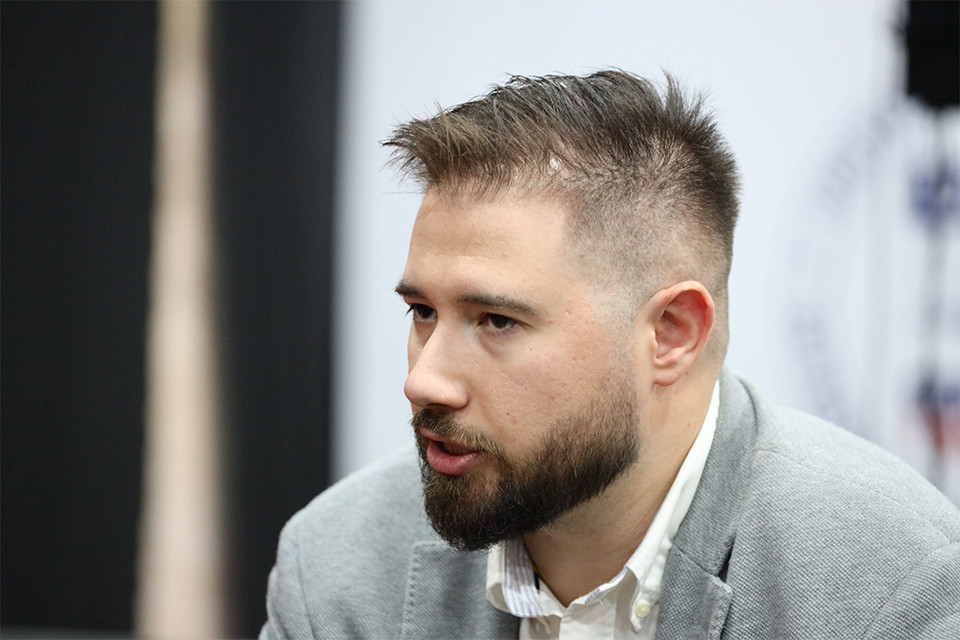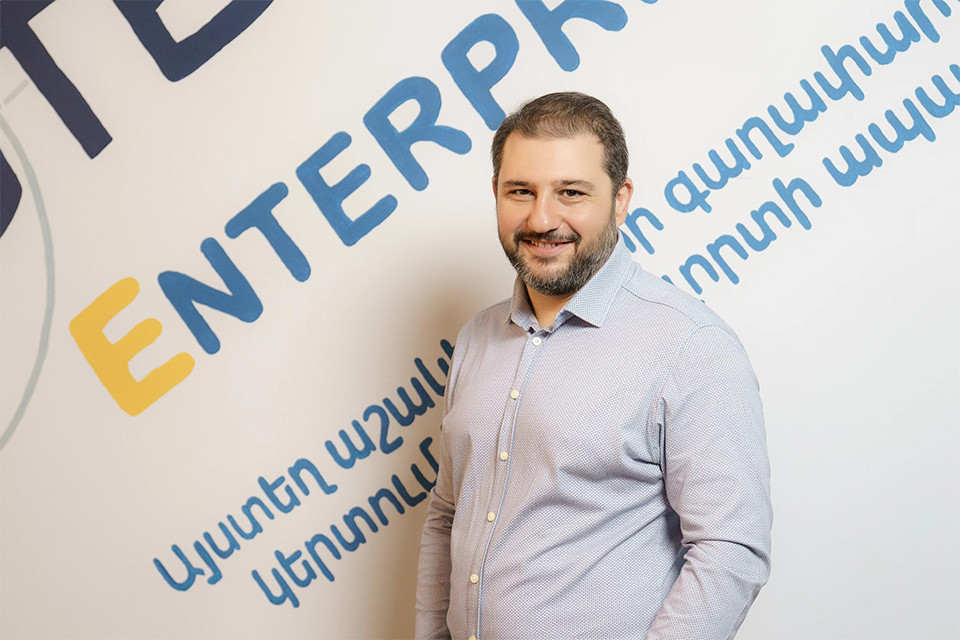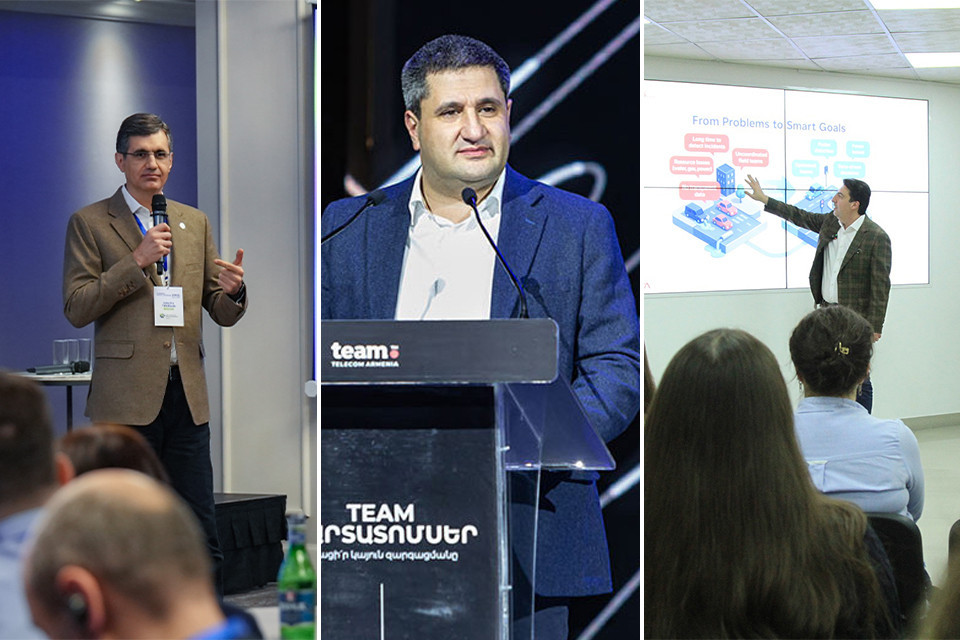-
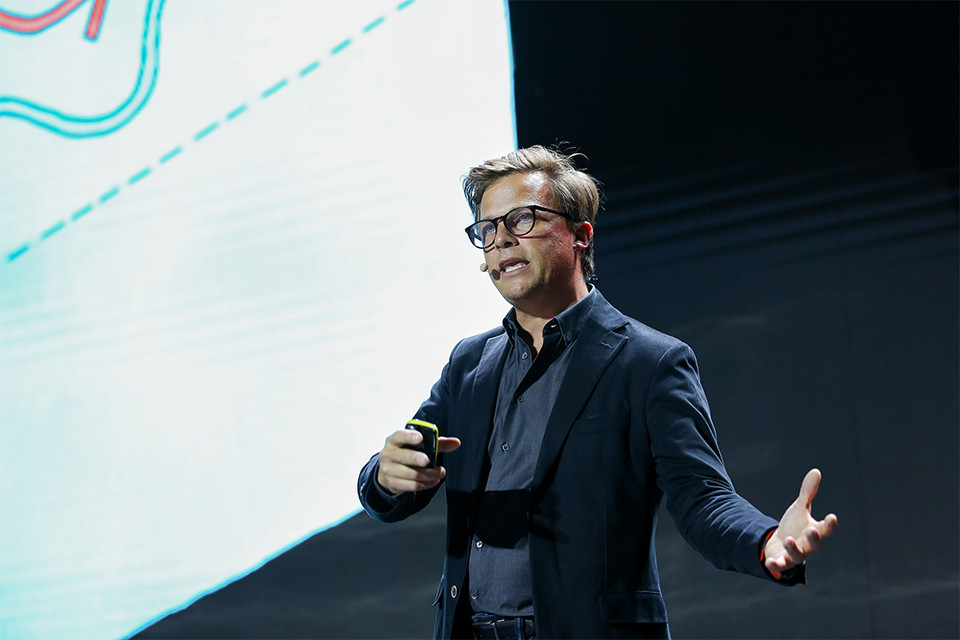
Sebastien de Halleux
-
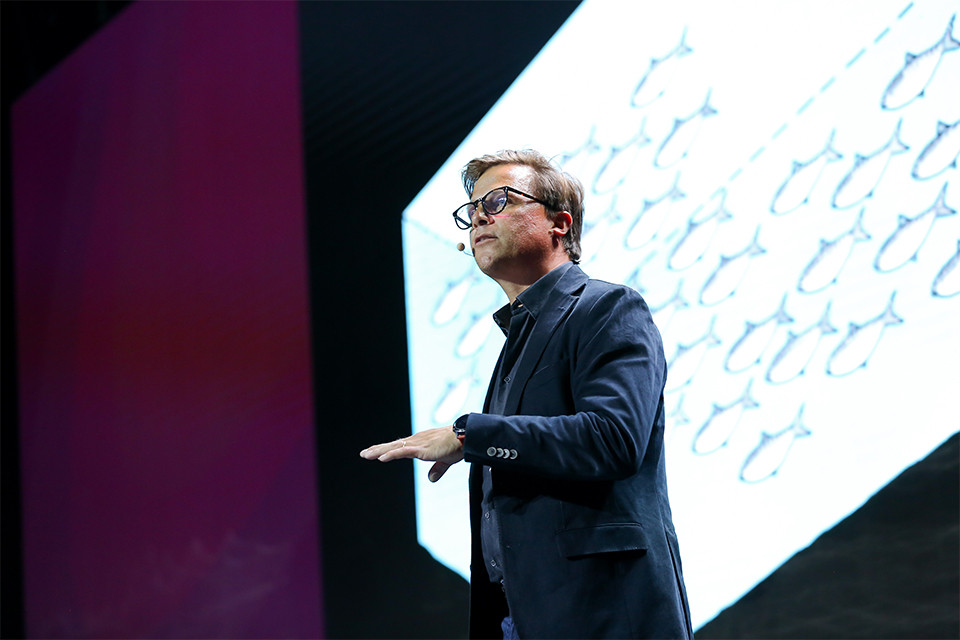
Sebastien de Halleux
-
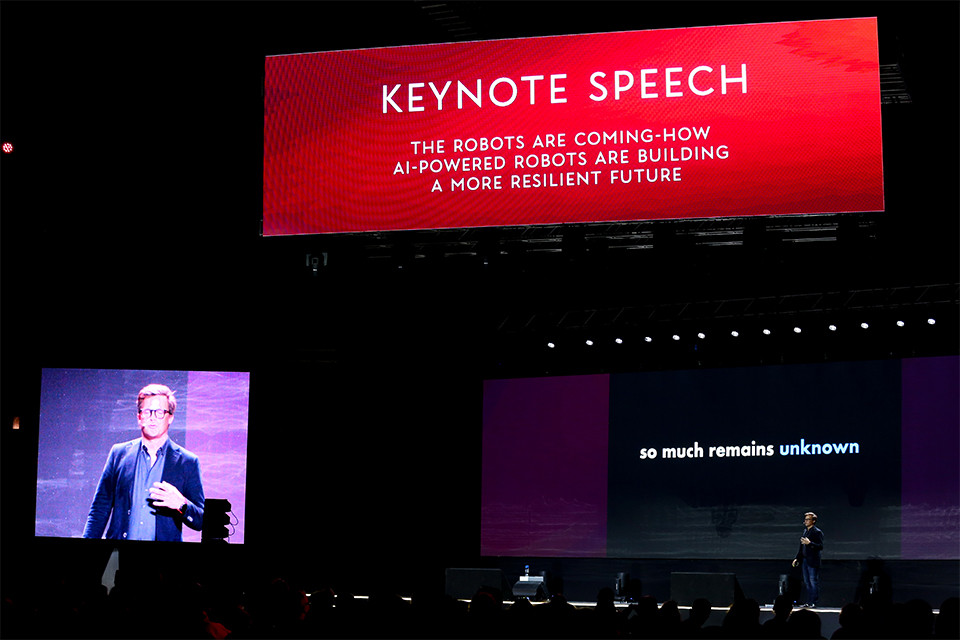
Sebastien de Halleux
-
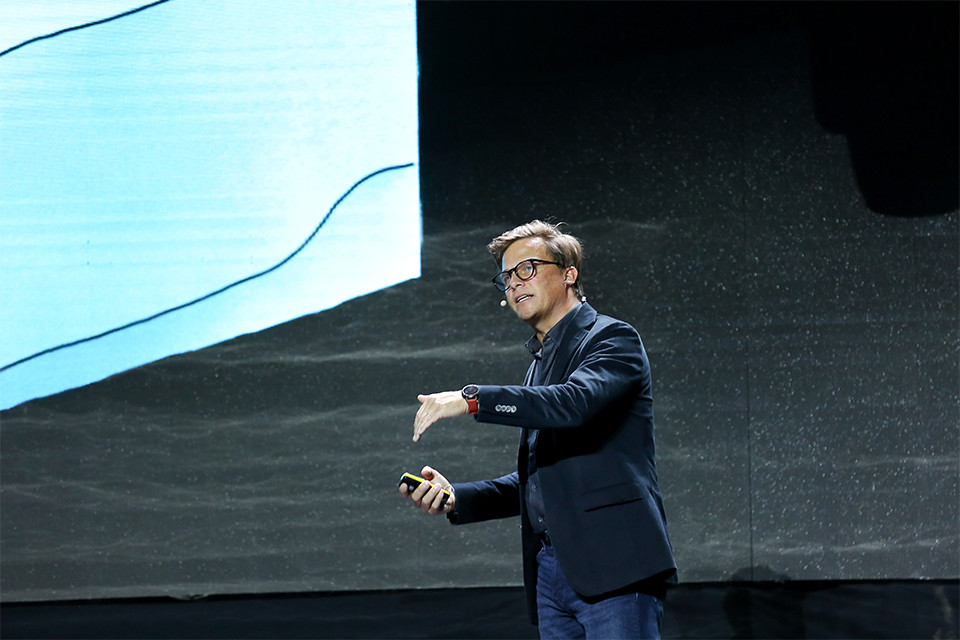
Sebastien de Halleux
17:51 | 16.10.24 | Interviews | exclusive 26147
Sebastien de Halleux: AI Robots and Armenia's Tech Future
Sebastien de Halleux is a serial entrepreneur and tech visionary with over 20 years of experience building high-impact companies. He’s currently the Co-Founder & Chief Gaming Officer at Matchday, creating new gaming experiences for football’s global fanbase, and COO at Field AI, focused on field autonomy for robots.
With a rich background that includes founding roles at Saildrone and Playfish, and investments in 300+ startups through Graph Ventures․ He is a recipient of the Tech 100 and Tech Fellow Awards and member of the Aspen Global Leadership Network. He holds a master's in civil and environmental engineering from Imperial College, London.
In an exclusive interview with iTel.am, Sebastien talked about AI robots, the Armenian technological ecosystem and cooperation with the Armenian founders.
-How have recent advancements in AI enhanced the capabilities of modern robots?
-Tremendously. It's night and day. The robotics field has deep roots, going back to early science fiction and movies like The Wizard of Oz or Star Wars. Everyone has an idea of what a robot should look like, but the problem or real challenge was figuring out locomotion and mechanical engineering. It took a long time to solve these issues։ how to articulate a hand, a leg, or a propeller in a lightweight fashion.
Advances in material science, like using carbon fiber, along with improvements in electronics, such as direct drive electric motors and better battery chemistry to make the battery which is critical for the robot to be autonomous made it possible to create the amazing robots you see today on YouTube - robots that can sing, dance, and perform various tasks. But here’s the secret everyone knows: most of these robots are either remote-controlled or pre-programmed. For example, you can program a robot to cut carrots in a specific way, but if you give it a cucumber instead, it might get confused.
The main issue with robots has always been autonomy. I think the impact of AI is that it is enabling autonomy. AI is changing that by enabling robots to operate independently, which is why I refer to AI as the robot's brain. The robot bodies are already quite advanced, but they lack intelligence.
 Sebastien de Halleux
Sebastien de Halleux
AI essentially acts as the brain, and you can almost feel its human-like qualities, especially in speech - I mean like the large language models (LLM) such as ChatGPT and others. Now, we’re moving toward physical intelligence, which is embodied AI, where the AI lives on the robot itself. This allows the robot to understand its environment, the world and make intelligent decisions. So, I believe AI's major impact is its promise of enabling robot autonomy, and being that key missing piece.
-In your opinion, what are the most significant trends shaping the future of AI robotics today?
-One of the biggest trends in robotics is a data trend. Unlike LLMs, which have access to vast amounts of input data, robotics has very little input data because we don't have comprehensive world maps. There are two main sources of data: synthetic data, which is created through simulations - think of it like a computer game where the robot moves around or platforms like NVIDIA's Omniverse and Isaac Sim. These create synthetic worlds where robots can train much faster. NVIDIA has been a pioneer in these simulations, and I think that's a really important thing that many companies are doing, which is extremely expensive.
The other big trend is robots collecting real-world data. When they operate in the field, they discover many things like a floor that seems flat in a simulation but isn't in reality, or light reflections that differ. There are a million variations in the real world that aren't captured in simulations. Simulations can take you far, maybe 80 or 90 percent of the way, but that last 10-20 percent is the hardest. That’s where field data is really important. Our company, Field AI, is one of the few deploying robots in the field. We’ve done the simulations, but now we’re in the field getting real-world experience.
-What are the most exciting current applications and use cases of AI robots?
-There are several sectors growing rapidly, like construction, where robotics is making a huge impact. The old infrastructure: houses, factories, and more are no longer good enough and you should make them more resilient for modern challenges like climate change, hurricanes, or expansion needs. Plus, there's a shortage of skilled labor for these jobs. For example, if you're an electrician, you'll have work forever because everything is getting electrified. The same goes for mining, but there just aren’t enough workers. Some large customers are missing many people to work on all the construction sites.
 Sebastien de Halleux
Sebastien de Halleux
This is where the concept of augmentation comes in to help the existing workforce by improving productivity and making the process more efficient. In construction, mostly nothing goes according to plan. There are constant changes and errors, especially on massive projects like airports or hospitals. The robots are really there to support by monitoring activities, taking over boring repetitive jobs or dangerous ones, like working in mines where accidents happen frequently. The more we can remove people from dangerous situations, the better.
-Speaking about ethics and risks, what risks do you see in these applications?
-When it comes to risk, there are two main categories: physical risk and societal impact. Physical risk involves the fact that robots, like cars, are heavy machines operating in the real world. Just as we regulate cars with rules about where they can drive and safety measures like age restrictions, we have to create frameworks to ensure robots operate safely around humans. This includes models that prevent them from doing anything dangerous around humans.
The other type of risk is societal. The primary idea is that robots will take on repetitive, or dangerous work that is currently done by humans but shouldn't be. Yes, robots may replace some jobs, but humans will shift into roles like robot supervisors, trainers, or other jobs we can't fully imagine yet.
Right just when the computer came people said “Oh it will really replace the typists” and yes it did replace the typists because they were people who were just typing stuff and so the computer. And now it really could create a computer scientist and now it's a huge industry. The same is going to happen with robotics. It's going to destroy some jobs, which probably should not have been done by humans in the first place, and it's gonna create new jobs like repair person, robot logistics, robot supervisor, mission control operators, etc. The robots are designed to replace jobs that no one wants to do.
-Tell us about your visit to Armenia. What are your impressions of the Armenian tech ecosystem?
-This is my second visit to Armenia, it began with an appreciation for its craftsmanship. The beauty of the churches, buildings, and centuries-old craftsmanship… food, winemaking, and architecture. I also find the same quality in Armenia’s tech ecosystem. The digital design here is very polished, and the companies I saw at Digitec are incredibly customer-focused, delivering extremely good UX experiences.
Above all, the people are extremely passionate, hard-working, and have a really strong education. There's a deep feeling of care in everything they do, and that really impressed me.
-Are you going to collaborate with the Armenian founders?
-I'm already collaborating with the Armenian tech sector. I run a global seed fund Graph Ventures with Razmig Hovaghimian, and we’ve invested in multiple Armenian companies. We believe these companies are going to be incredibly successful, so we’re helping the ecosystem grow. That’s one of the reasons I’m here: to meet and talk to many people and try to understand how we collaborate between Armenia and Silicon Valley, how we can best integrate Armenia into this ecosystem and other parts of the world. I see there's quite a few possibilities, and I’ll definitely be back.
 Sebastien de Halleux
Sebastien de Halleux
On the robotics side, there’s a lot of talent in computer science, engineering, UI/UX design, and product management, which really leads me to think that there’s great potential for future collaboration.
-What advice would you give to the founders, tech entrepreneurs to succeed?
- The advice is very simple: take the first step and accept before that you’re going to fail. That’s the secret to starting. It’s not about having a perfect plan or idea. Too many entrepreneurs wait for a long time until they have a good idea, but I would advise to take the first step and accept that you’re going to make mistakes, then take a second step by understanding what mistake you’ve made in the first step and make another one and then over time you’ll make less and less mistakes, and you will have better and better products. I call this approach 'make mistakes and iterate.'
It might sound strange for an entrepreneur to encourage making mistakes, but the fear of failure is what often holds people back. Sometimes it’s a technical mistake, and other times it’s about societal pressure wondering what family and friends will think of your ‘crazy’ career path versus a more secure job that has more societal recognition.
But the beauty here is that people have a high tolerance for risk. If you come from a more comfortable background and haven’t experienced failure, you might hesitate to take risks. The key is simply to get started, and trust that everything will work out in the end.
Nune Grigoryan talked to Sebastien de Halleux

17:29 | 24.09.25 | Articles
Jacopo Losso on Cross-Border Investments and Why Armenia Attracts Angels


